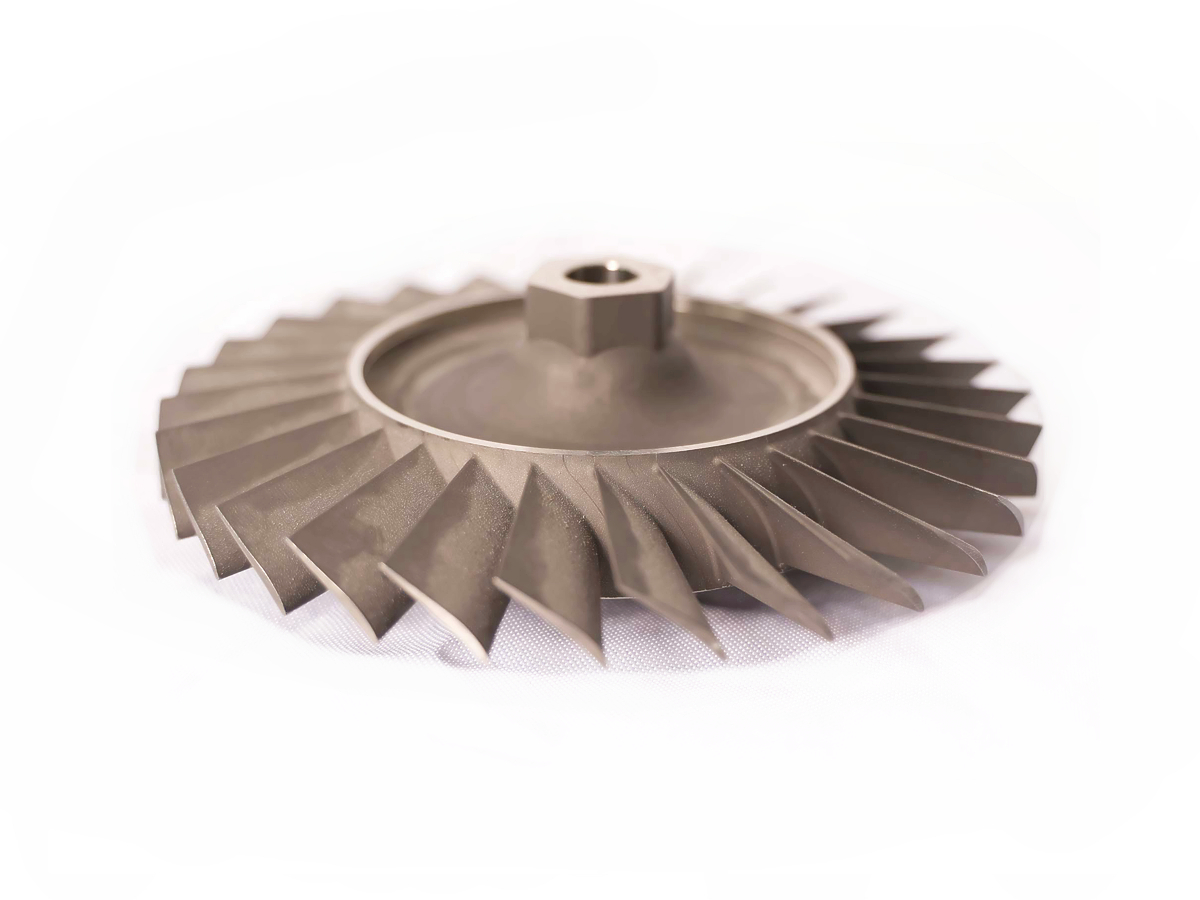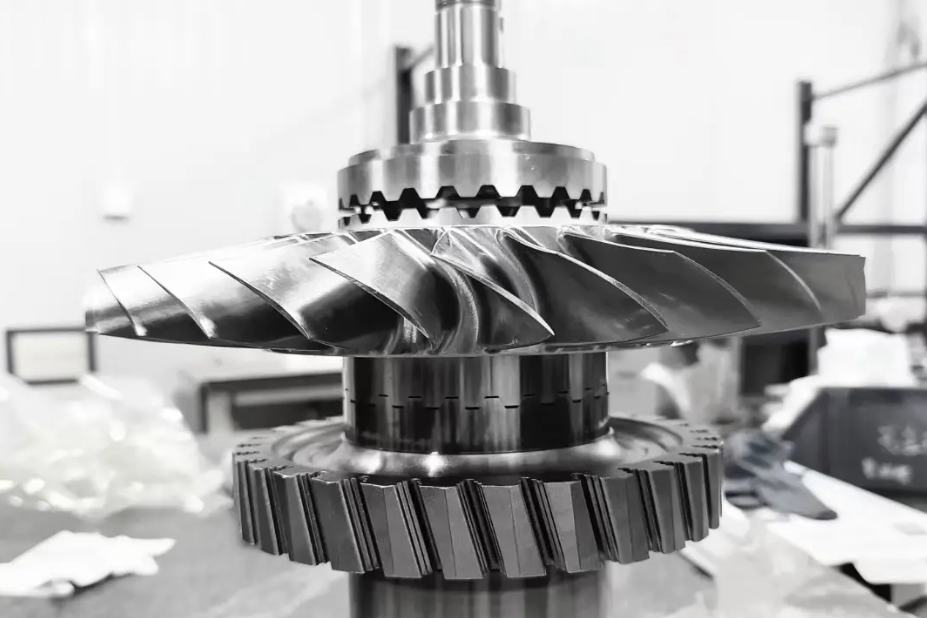What is the typical lead time from prototype to small-batch production?
The transition from prototype to small-batch production is a critical phase, and its lead time is highly variable, typically ranging from 3 to 8 weeks. This duration is not a single fixed period but a composite of sequential and sometimes overlapping stages, each influenced by the complexity of the part, the robustness of the prototype, and the efficiency of the manufacturing setup. A well-executed prototype phase is the most significant factor in compressing this timeline.
Breakdown of the Timeline Phases
The process can be broken down into three primary phases, with timeframes highly dependent on the project's specific characteristics.
Phase 1: Prototype Validation and Design Finalization (1 - 3 Weeks)
This phase begins once the initial Prototyping Service parts are in hand. The clock here depends on your testing schedule.
Fast Track (~1 Week): If the prototype functions perfectly and requires no design changes, the design can be finalized for production almost immediately.
Typical Track (1-3 Weeks): Most projects require minor iterations. This involves measuring the prototype, performing functional tests, and implementing small design tweaks (DFM adjustments) before production. A second, rapid prototype iteration may be needed to validate the changes.
Phase 2: Production Ramp-Up and Setup (1 - 3 Weeks)
This is where the manufacturing infrastructure is put in place. The lead time here is heavily influenced by the part's complexity and the processes involved.
Simple Parts / Mature Design: For a straightforward part that requires basic 3-axis CNC Machining, setup can be very quick. The process involves finalizing the CAM program, proving it out, and sourcing raw material. This can be accomplished in about 1 week.
Complex Parts / New Setup: Parts requiring Multi-Axis Machining, specialized fixturing, or involving difficult-to-machine materials like Inconel 718 will demand a longer setup. Creating complex fixtures, optimizing toolpaths for production efficiency (rather than just speed), and sourcing specialized materials can extend this phase to 2-3 weeks.
Phase 3: Manufacturing and Quality Assurance (1 - 4 Weeks)
This is the physical production of the small batch, including any post-processing and inspection.
Batch Size & Machining Time: A small batch of 10-50 parts can often be machined within 1-2 weeks once the setup is complete and material is available.
Post-Processing & Lead Time Multipliers: This is a major variable. Standard finishes like As-Machined or basic Passivation add little time. However, specialized Heat Treatment (which may require outsourcing and lot certification) or advanced coatings like PVD Coating can add 1-2 weeks to the timeline.
Quality Assurance: First Article Inspection (FAI) per AS9102 or other rigorous standards, especially for Aerospace and Aviation or Medical Device components, requires meticulous documentation and can take several days to a week.
Key Factors Influencing the Timeline
Design Stability: A fully validated prototype is the single biggest time-saver.
Material Availability: Common alloys like Aluminum 6061 are readily available, while exotic superalloys or specialized plastics may have longer lead times.
Supply Chain Management: As a One Stop Service provider, we manage the entire supply chain, but complexities in sourcing or subcontracting (e.g., for plating) can impact the schedule.



